The way people discover, evaluate, and buy is tilting from pages and links to prompts and chats. Search engines are layering AI summaries on top of results; assistants like ChatGPT are becoming default “front doors” to the web; and the act of shopping is creeping into the conversation itself. This post unpacks what that shift means for your SEO, content, and conversion strategy, plus a practical playbook to get ahead.
Why this shift is real (and accelerating)
- ChatGPT scale: OpenAI’s COO said ChatGPT hit 400M weekly active users in February 2025; other coverage through spring noted continued growth (some reporting ~500M WAU and ~160M DAU). Regardless of the exact figure, the user base rivals large social platforms.
- Search is getting conversational: Google’s AI Overviews rolled out broadly after launching in the U.S. in May 2024 and now reach 100+ countries and 1B+ monthly users. That means more people get answers before they see links.
- Clicks are scarcer: Independent clickstream analyses suggest that ~60% of Google searches end with no click, and when AI summaries appear, the CTR of the top organic result can drop materially. The direction is clear: fewer visits per search.
Implication: If your growth depends on traditional SERP blue-link clicks alone, you’ll fight a headwind. You need to be “answer-worthy” in AI surfaces and action-ready inside chats.
Traditional SEO vs. AI SEO (what’s actually different)
Intent handling
- Traditional: Match keywords → rank pages → earn clicks.
- AI SEO: Satisfy composite, conversational intents in one shot; your content must be easily extractable, verifiable, and citable.
Ranking vs. retrieval
- Traditional: Compete for rank positions across queries.
- AI SEO: Compete to become a source sentence or canonical fact the AI cites or synthesizes, and to be the tool/action the assistant calls next.
Content format
- Traditional: Long-form hubs, topic clusters, FAQ pages, glossy PDPs.
- AI SEO: Atomic facts (short, unambiguous statements), structured data (schema.org), named entities tied to authoritative sources, and pricing/specs exposed via feeds/APIs the assistant can trust.
Technical signals
- Traditional: Crawlability, internal linking, speed, E-E-A-T.
- AI SEO: All of the above plus: machine-parsable snippets, consistent facts across site/app/feeds, source-friendly phrasing (“According to…”, data points with dates), and action endpoints (APIs) so assistants can do things for the user.
Measurement
- Traditional: Sessions, CTR, position, last-click attribution.
- AI SEO: Implied exposure (mentions/citations in AI answers), action calls (assistant → your API), and experiment-driven incrementality when you can’t see the click.
Ecosystem
- Traditional: Google SERPs + ads dominate.
- AI SEO: Assistant surfaces (ChatGPT, Gemini), AI Overviews inside Google, and vertical AI (shopping, travel, support) that can execute tasks.
Google’s shift toward “helpful content” and its 2024 core updates reinforce the need for genuinely useful, accurate, and well-attributed information, which also happens to be the kind of content AI systems prefer to summarize.
How many people use ChatGPT?
- Baseline (official commentary): 400M weekly active users (Feb 2025), per OpenAI’s COO via CNBC, as reported by multiple outlets.,
- Context (early 2025): Some reporting cited ~500M WAU and ~160M DAU as the year progressed, illustrating rapid growth, though figures vary by source and time. Business Insider
Takeaway: Even at the conservative 400M WAU level, ChatGPT is already a mass-market discovery surface that brands should treat like a channel, not a novelty.
What brands can do right now
1) Make your content “answer-grade”
- Atomize your key claims: prices, dimensions, compatibility, shipping windows, return policy, certifications, declare them in short, dated sentences.
- Cite yourself and others: Where appropriate, reference standards, studies, and official docs; AI systems favor sourceable statements.
- Add schema everywhere: Product, Review, HowTo, FAQ, Organization, Author, keep it consistent with on-page text.
2) Build assistant-friendly surfaces
- Expose live facts via feeds/APIs: Keep a canonical product feed (price, availability, variants) and a tech/specs API. Many assistants (and Google) prefer structured sources over scraping.
- Publish policy endpoints: Warranty lookup, order-status, store inventory, and appointment slots, so an assistant can complete tasks on the user’s behalf.
3) Participate with assistants (distribution where attention is)
- Create a “Brand GPT” with GPT Actions that connect to your catalog, CRM, and checkout; Actions let ChatGPT call your REST APIs to search stock, configure bundles, or initiate cart creation. OpenAI PlatformOpenAI Help CenterOpenAI Cookbook
- Show up in AI Overviews: Win inclusion by being the clearest and most trustworthy source on specific subtopics (e.g., “which filter fits Dyson V12?”). Google has expanded AI Overviews widely, so “overview-citation share” becomes a new KPI. blog.google
- Prepare for in-chat checkout: Reporting indicates OpenAI is testing payments in ChatGPT. If/when confirmed in your market, being “action-ready” (cart, promo, taxes) will let you capture a purchase without a web visit.
4) Rethink conversion and care
- Conversational PDPs: Let users ask natural-language questions on product pages; train a model on your spec tables and manuals so answers match what AI Overviews would say (and agree on facts).
- Post-purchase automations: Assistants that manage returns, how-to setup, accessories upsell, the lifetime value is in the ongoing chat, not just the checkout.
5) Measure the unclickable
- Log assistant actions: When a GPT Action hits your API, capture a server-side “chat_action” event with prompt category, product IDs, and outcome.
- Run geo-experiments: Turn features on/off by region to estimate incremental lifts when clicks aren’t present.
- Triangulate with MMM: Fold assistant exposure and action logs into lightweight media mix models to see blended impact.
Minute implementation details that matter
- Write for extraction: One fact per sentence; avoid pronouns that require previous context; prefer SI/ISO units; include “as of Month YYYY” on time-sensitive numbers.
- Canonical truth: Keep one place where each fact lives (e.g., /data/product/{sku}.json) and propagate everywhere else from that source.
- Consistency checks: Nightly jobs that diff your site copy vs. feed vs. marketplace listings, AI hates contradictions.
- Author reputation: Real author pages with credentials and contact; it helps both Google’s helpful-content systems and AI answer provenance.
- Error budgets for facts: Treat factual drift like uptime, set alerts if specs, coupons, or shipping windows go stale.
The future (12–24 months)
- Agentic shopping: Assistants will handle multi-step tasks, “find three comparable 55'' TVs under ₹50,000, book installation, and set a reminder to reorder the surge protector when it drops below ₹1,000”, touching multiple sites and APIs without a traditional click trail.
- AI Overviews as the new homepage: For many queries, users will compare answer blocks (with embedded links and modules) rather than scroll lists of blue links. Expect continued expansion and experimentation by Google. blog.google
- Commerce inside chat: Payments and loyalty will sit in the assistant. If you own the action endpoint, you can win the sale even when you don’t own the session. Early reporting already points in this direction.
- Attribution resets: With zero-click rising and AI summaries compressing journeys, marketers will lean more on server-side logging, incrementality testing, and MMM. Studies already show fewer clicks when AI summaries appear
Final Thoughts:
In conclusion, the ChatGPT commerce shift represents more than just another technological trend; it marks a structural change in how people search, learn, and buy online. Traditional SEO was built around ranking pages to earn clicks, but AI-driven search and conversational commerce demand being “answer-grade” and “action-ready.” With hundreds of millions using ChatGPT weekly and Google scaling AI Overviews to billions of queries, the competition is no longer for a position on a results page but for inclusion in answers and for the assistant to execute your brand’s actions. Brands that adapt by publishing machine-friendly facts, exposing structured APIs, and embracing assistant-native experiences will not only safeguard visibility but also unlock new conversion paths inside conversations themselves. The future belongs to companies that treat assistants as the new marketplace, where authority, accuracy, and accessibility decide who wins the sale.
Ready to spark your next big move? Step into the world of Wundekint. where bold ideas turn into unstoppable growth. Let’s make it happen, together.







